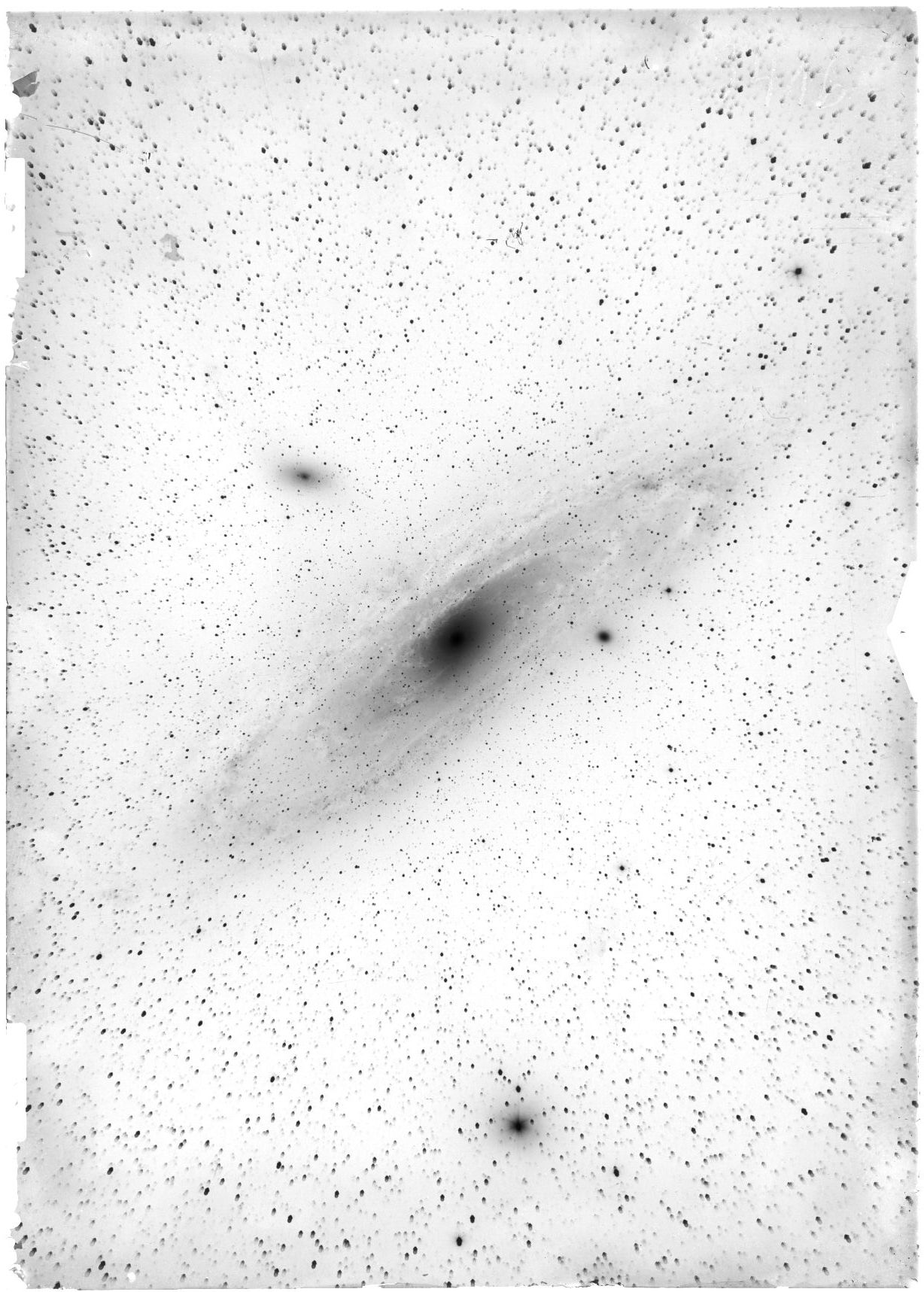Online Digtal Archives
- Details
- Hits: 36446
The Online Digital Archives of
Hamburg Observatory
Dr. Detlef Groote

The Plate-Archive contains more than 47603 astronomical plates from the years 1889-1998, taken with an array of telescopes (13 at Hamburg and 11 elsewhere), scanned at 2400 dpi resolution. Together with metadata and a custom-built search mask it is possible to find plates of interest and download the high-resolution scans. Each plate has its own webpage and is connected to the scans of plate envelopes, logbook pages and observer notes. It is also possible to read the notes in a custom-built reader.

The Image Archive is a collection of more than 13 794 scanned photographs, text-images, and drawings. As metadata are rarely given or even not available at all for these, we developed an optical search method instead of a mask. The objects within a folder are displayed as thumbnails in rows and columns. Gliding slowly with the mouse over the thumbnails, you will immediately enlarge them for a detailed view. The user can mark one or more images with a right mouse click and the desired objects can be downloaded as a tar file using a button on the right hand side. This collection contains important historical information representing the work of many astronomers.

The Bernhard Schmidt Archive with 4 233 (from 11 209) documents, notes, drawings, and photographs, was amassed over many years by Walter Stephani (Kiel) and compiled in collaboration with Roger Ceragioli (Tucson). The collection documents the creative work of this remarkable designer, optician, and inventor at Hamburg Observatory and elsewhere. A custom-built search mask enables the user to look for terms, parts of words, the date, or a span of time.
The Project was first contemplated by me around 1990. It was commenced by generating a first metadata set for the ca. 9000 plates of the Lippert Astrograph. The aim was to create the possibility of searching a plate out of the stock and thus to make the plates usable again. But in the subsequent 20 years it seemed impossible to seriously tackle the project, simply because of the huge amount of data and the seemingly endless time needed to scan such a vast collection. At the end of 2010, the scanning project was started by Prof. Jürgen Schmitt, who asked quizzically whether anybody would ever use, or have a use for these plates again?
Collaborators slowly trickled in over time. My first estimate gave 20-30 years just to scan the plates, if done by one person. Nevertheless, the scan time could be scaled down by more people and more scanners. In collaboration with colleagues at Bamberg and Potsdam, it became possible to apply successfully for project funding from the Deutsche Forschungsgemeinschaft (German Research Foundation), and also to hire two employees to do the majority of scanning. In addition, voluntary helpers joined the team over time so that the project could be ever more extended beyond the financial underpinning. The initial estimate of 35000 plates to be covered increased to 45000 in the end, which was possible by an extension of the project. Only by the aid of our volunteers did we succeed in scanning an additional 15000 plates and documents, so that a total of more than 60000 objects are now presented in the online archives.


